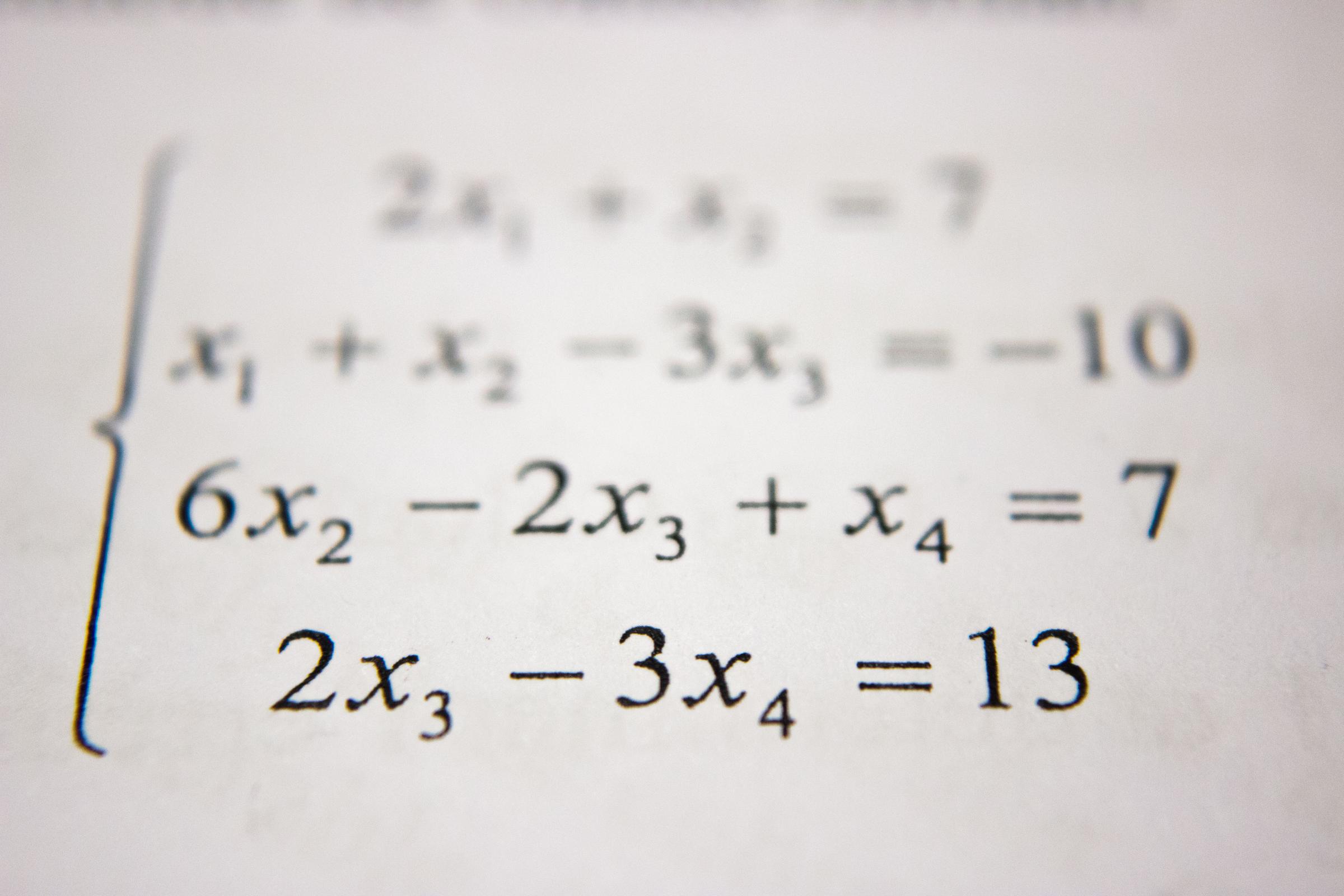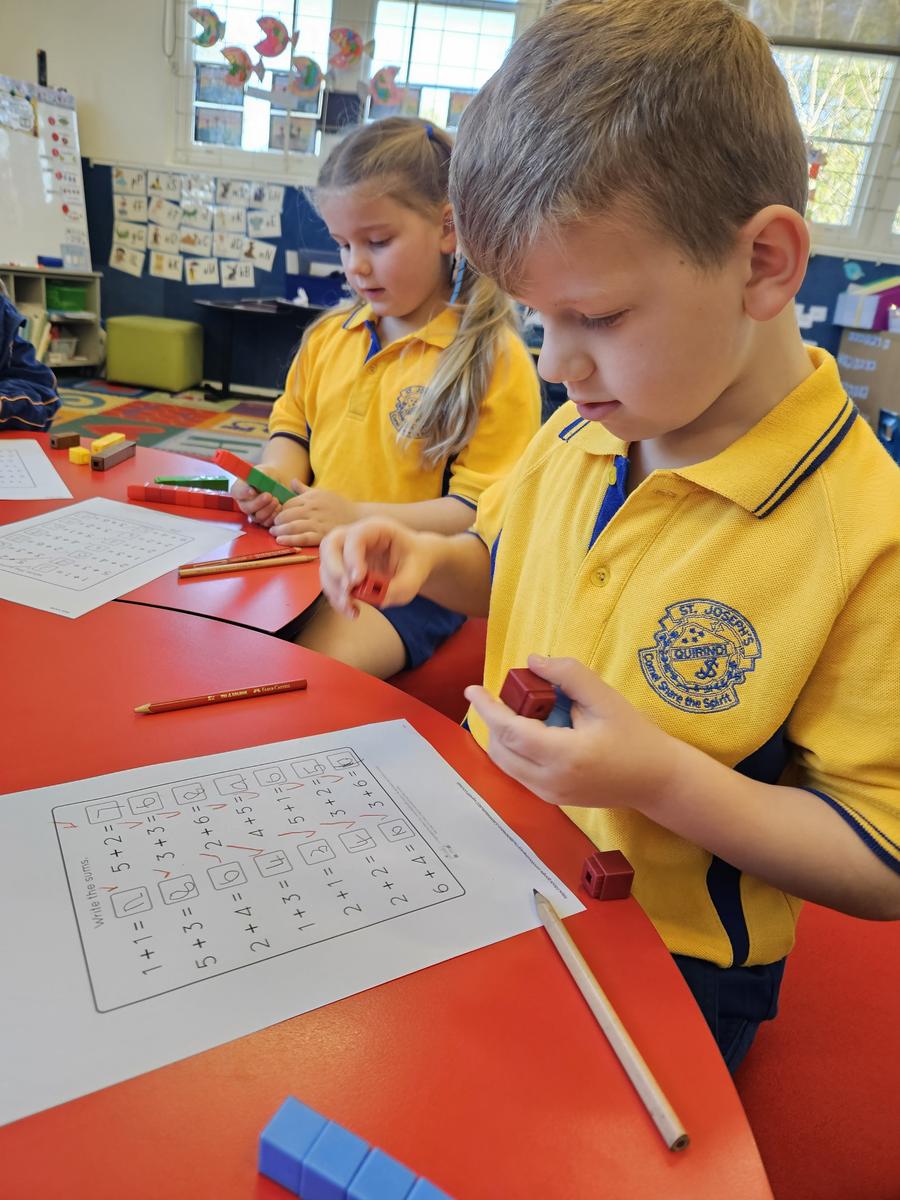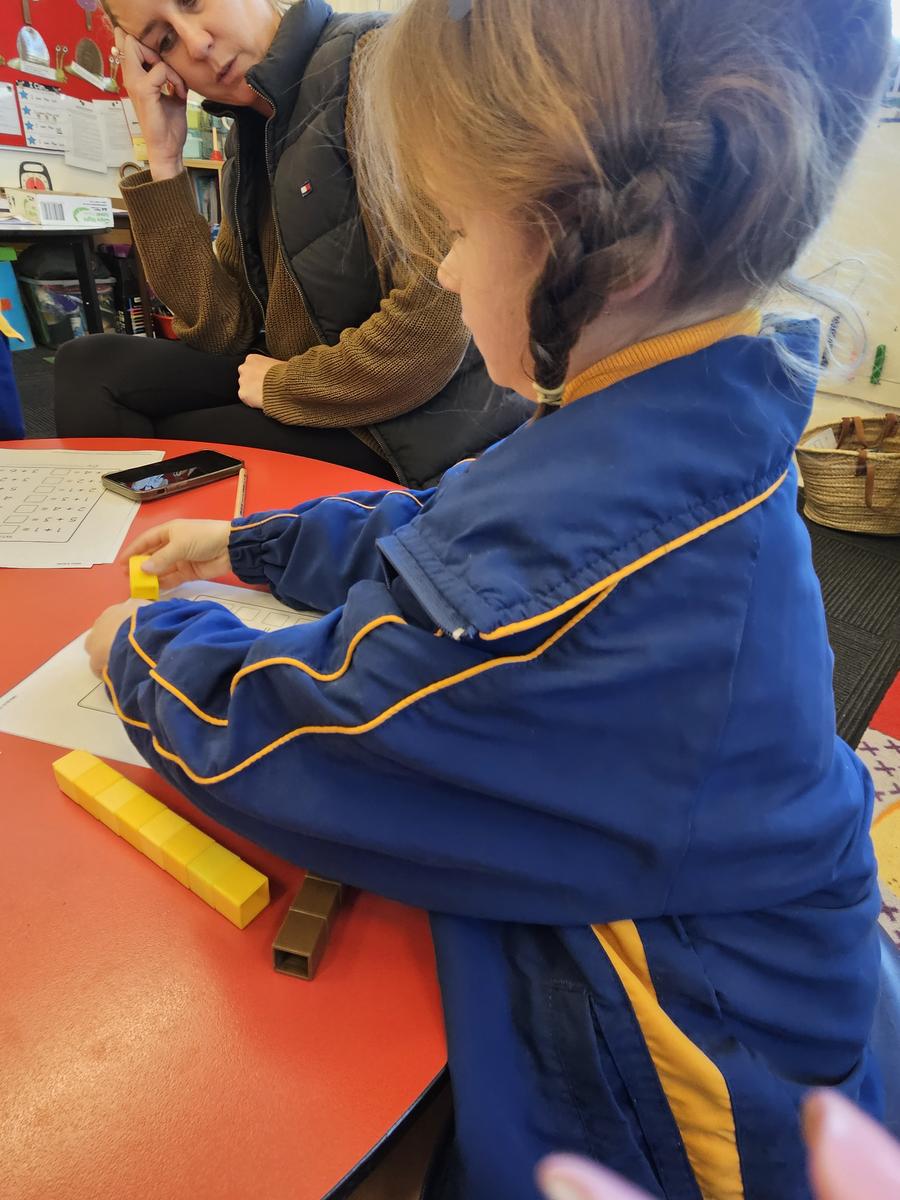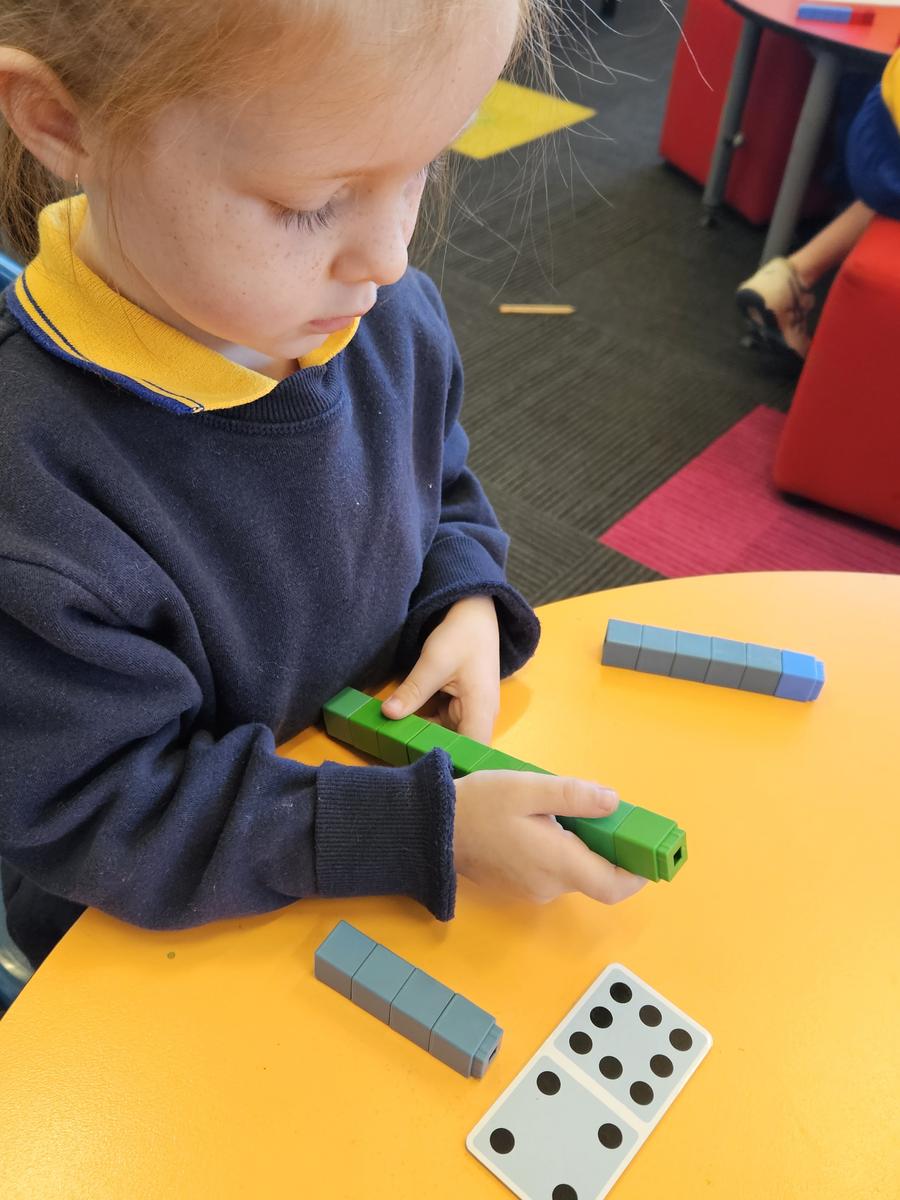Mathematics
Mrs Robyn Wilson - MaST - Mathematics Specialised Teacher

Mathematics
Mrs Robyn Wilson - MaST - Mathematics Specialised Teacher
If maths wasn't your best subject at school, trying to help your child can be nerve wracking, especially since it seems so different now. Here are some tips from experienced teachers.
Maths today is about understanding number patterns, not learning by rote. Children should learn about a variety of patterns. These can include:
There is always more than one way to get the right answer. We teach the students a variety of strategies to get the answer to a maths problem. The students then work out which is the most efficient strategy for them to use. Below kindy are using concrete materials to work out addition problems.












Children are taught mental strategies to figure problems out in their heads. Quick fact fluency in numeracy is essential for children to practice at home. Fact fluency is a foundational math skill that means mastering sums between 0–20 so students can produce the answers quickly and accurately. For example, with addition fact fluency, students can recall 1 + 4 = 5 without hesitation.
Practise the times tables. This is essential especially in the Primary years. See below Mrs Crane already has the Stage 1 children learning their times tables so that they are able to apply it in other areas.










Finally try to remember not to jump in with the answers and always try to stay positive.